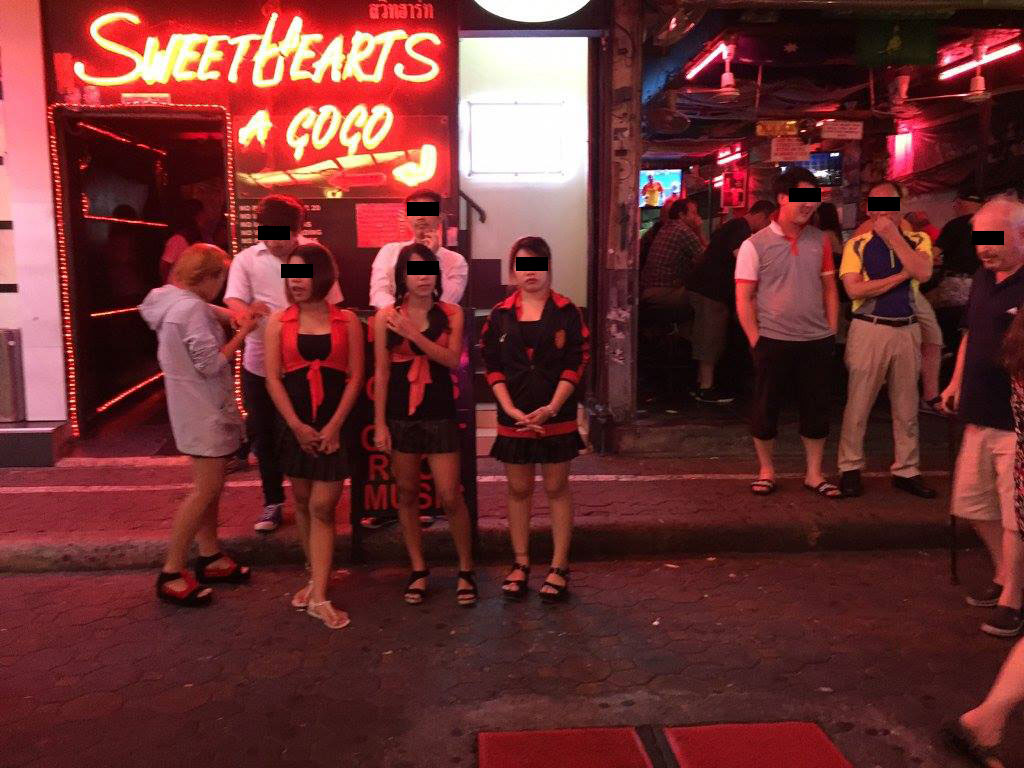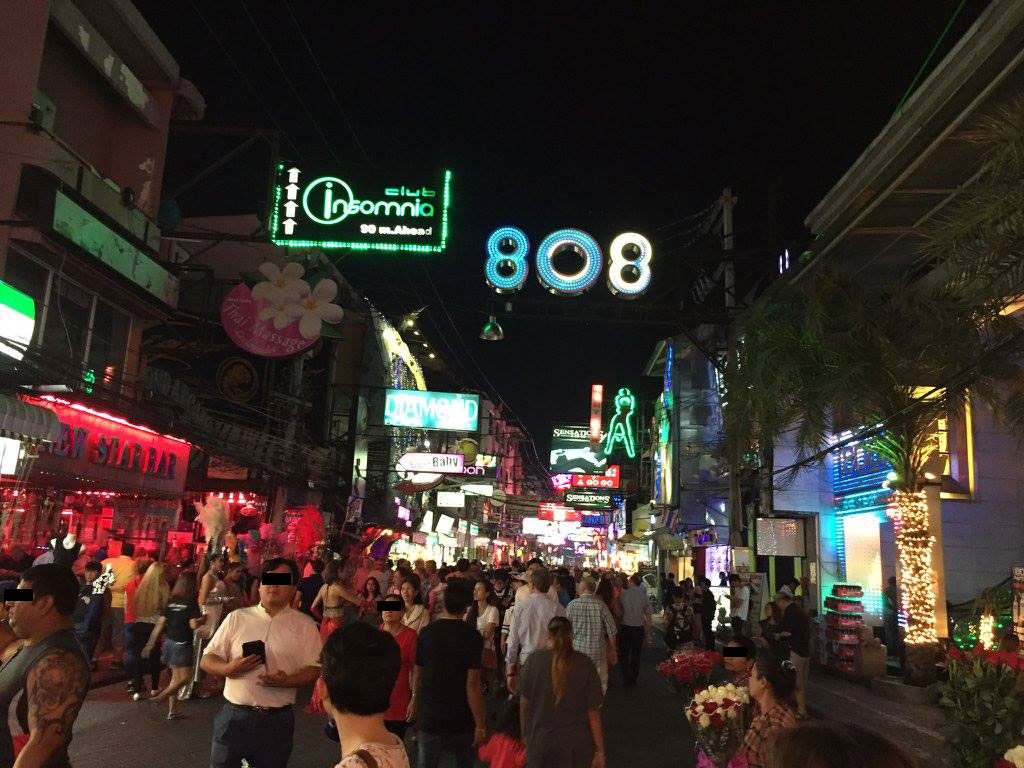They have nothing. Their families have nothing. And yet, happiness, togetherness and discipline is what you will experience when visiting the children in a slum district in Pattaya. Their secret, meditation.
I often hear people in the business world say to me, that meditation is this weird phenomenon, which they don’t know how to practice nor understand the effect of. Being a product of the business world myself and a former skeptic, I can only relate when I hear people say that meditation isn’t for everyone. However, I don’t believe this to be completely true, which was why my company and I made our meditation app, TakeTime, to begin with. The children of a slum district in Pattaya, Thailand, convinced me that if even the littlest human being can meditate, so can everyone, who’s willing to give it a shot.
Modern Day Gomorrah
The city of Pattaya is unlike any other in the world. Back in the 1960s, Pattaya was a fishing village. Today, it is a city with close to a million inhabitants – if you count the floating population and the immigrants. Pattaya is where sex tourists come to visit, and the city can supply anything you desire – I do mean anything. If the darkest corner of your mind can think of it, so can the good pimps of Pattaya.
The city is covered in go go bars, brothels, strip joints and hotels – sleazy and luxury. Some tourists are families with small children, couples, backpackers and business people. However, when night falls, the sex tourists come out. When the neon signs are on – so are they.
Millions of tourists visit Pattaya every year. At its highest in 2012, the city expected up to eight million tourists to visit its many attractions according to local media. Even if the expectations weren’t accurate, it says a lot that the former fishing village were to receive eight million foreigners!
This massive tourist industry requires labor to build its hotels and infrastructure along with maintenance. This means jobs for local and foreign families.
Harmony in the Slum
I have for a while now been a board member of a Danish humanitarian foundation, which supports various projects in Pattaya like an orphanage, a school for disabled young adults and outreach projects for children in the slum districts. My work brought me to Pattaya in late January this year.
In the northern part of Pattaya, there is a special slum district. This village of primitive shacks has no running water, no toilet facilities and no real access to electricity. There’s a foul stench in the air of raw sewage and garbage. Yet, the village houses hundreds of immigrants from Laos, Cambodia and Burma; migrant workers who have come to Pattaya to build hotels. The workers also bring their families, which include small children.
Now, what sets this slum district apart, from others I have experience, is the principle of meditation. Child Protection and Development Center runs a small and primitive day care center here. The main building is but a shack of metal and wood, but without this day care the children would be left to themselves while their parents are at work. At the day care center, they learn basic principles of hygiene, they learn English and how to read and write. They get breakfast and lunch here. Before lunch, the children meditate. Why? The short answer is to cope and become aware of the world around them.
Every day before lunch, the kids assume the lotus position as they close their small eyes. They have learned the importance of breathing in and out through their noses, which helps them to relax – and let go of their harsh world. Witnessing more than 30 children between the age of five to 12 meditate in absolute peace and quiet is amazing. Witnessing the effect of their meditation is even more amazing.
Experiencing kids in day care here in Denmark, where I live, is an entirely different world filled with noise, crying and screaming. Toys and food fly all over the place. Back in the slum district, the kids line up with an incredible discipline when it is time to eat. They stand in line with their bowls, waiting for them to be filled with food. The children also take turn helping out the staff distributing the food. I watched a six-year-old giving out fruit to the kids in the line in a calm manner – like he was the older brother caring for his younger siblings.
During lunch, the kids don’t fight. They eat and talk to each other. During class, they listen to their teacher. They seem happy and they seem to care for their teachers and social workers. Case in point, when the woman in charge of the day care wanted to show me the slum, which the children live in, we had to cross a creek via a fallen tree trunk. One of the little girls at the day care insisted on helping her teacher across to safety.
Now, you can rightfully raise the question whether it was daily meditation or strict enforcement of discipline, which contributed to the calm at the day care. I’ve known the people behind Child Protection and Development Center for more than 16 years, they are not strict with the children – they work with children based on principles of love and guidance. Meditation is a valuable tool for the kids to cope with the hardship they face in their young lives. The result is happy children, who don’t have to be all over the place, because of their focused minds. And if meditation can work for underprivileged children, my guess is that it can work for everyone.
TakeTime is out now in App Store in a Free version and a Premium version. If you like us on Facebook, you will receive news updates about TakeTime, meditation, stress reducing methods and receive special TakeTime offers.
TakeTime is now available in Europe, Africa, South America and the Middle East.
Kasper Nesager-Hansen
Co-Founder and Managing Partner









